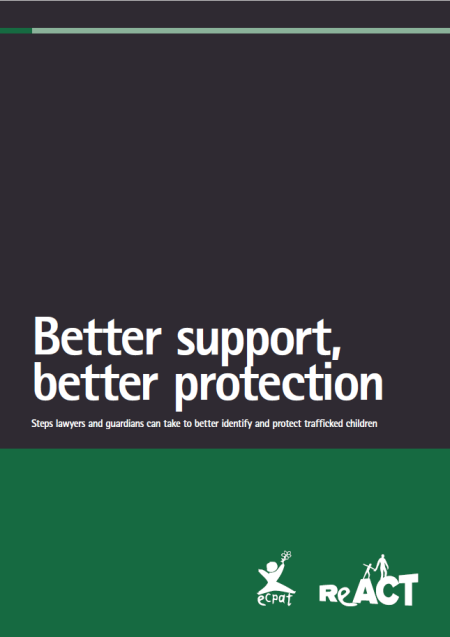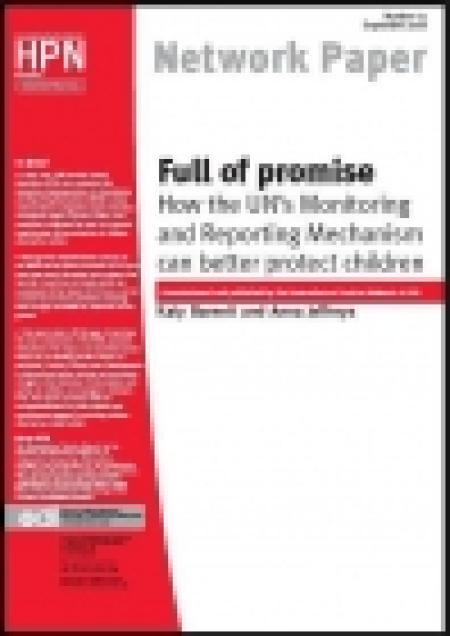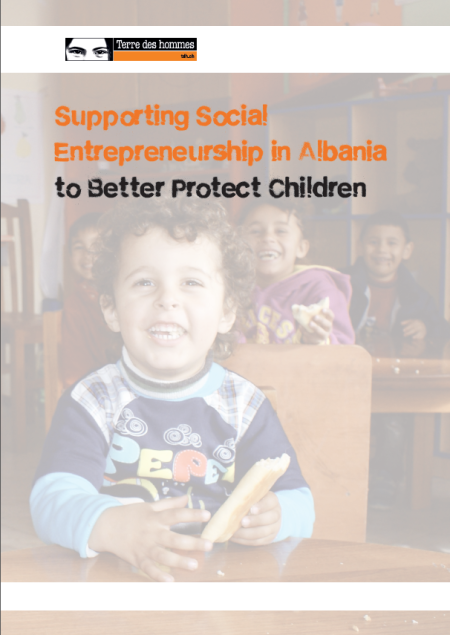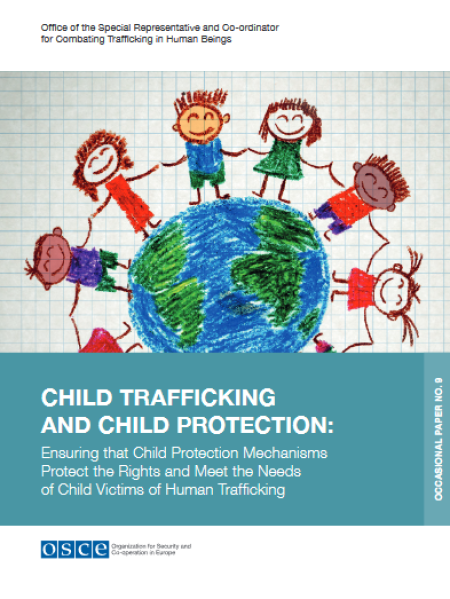
This report has been developed with the Reinforcing Assistance to Child Victims of Trafficking (ReACT) project. The report is based on research conducted in Belgium, France, Germany, the Netherlands and the United Kingdom and provides a snapshot of the manner in which children who may have been trafficked into and within the five EU states were or were not identified and protected in and up to 2016.
The report should be read in the context of other key research in this area, which has identified many of the same issues and shortcomings. The recommendations are principally based on provisions contained in the EU Anti-Trafficking Directive, the Council of Europe Convention on Action against Trafficking in Human Beings, the UN Convention on the Rights of the Child, the EU Charter of Fundamental Rights and the content of relevant publications by FRA, UNHCR and UNICEF. Professionals who wish to find references to a wider range of sources and, in particular, resources that are state specific should refer to the five country reports, which can be accessed on the relevant ECPAT group websites.
The report adopts a child-rights based approach to trafficking, which acknowledges that children are actors with a right to participate. It is in this context that the current practice of guardians and lawyers has been analysed. The report also recognises that child trafficking is not merely a subset of human trafficking as there are forms of exploitation which are child specific, and the drivers and consequences of exploitation may also be child specific.
The research identified the following general findings (non-exhaustive list):
1. Many guardians and lawyers working with children do not have the experience and training to identify when these children may have been trafficked or are at risk of trafficking.
2. Some trafficked children have no control over their movement to Europe. Others will have no control over being trafficked once they reach Europe. In either case, children cannot consent to their exploitation.
3. Only two of the five states collect the necessary data to begin to analyse and understand child trafficking in their country.
4. Multi-agency national referral systems assist in providing such data on child trafficking and also help to identify more trafficked children.
5. Children who may have been trafficked are best identified and protected within an integrated children protection system, involving children’s or youth welfare services, the police, the prosecution service, health and education services, independent guardians and NGOs.
6. Many guardians require enhanced training about different types of child trafficking and working with victims in order to play an essential coordinating role within such a system.
7. Guardians are best able to play such a role if they are part of an independent guardianship service, within which they are supported and supervised. This service should be an important part of the wider child protection system.
8. Their ability to protect and support a child who may have been trafficked is enhanced if lawyers and other professionals share essential information with them and give due weight to their opinions.9 There are a number of obstacles that may prevent a trafficked child being identified and protected. These include a failure to provide suitable interpreters; a propensity by those in authority to challenge the ages of unaccompanied migrant children – often without due cause – and the speed at which a child may go missing if not provided with appropriate accommodation, services and a durable solution.
10 The majority of the states are not implementing the protective presumption arising from the Anti-Trafficking Directive and Convention, which deems that a child is a child until it has been proven otherwise.






















